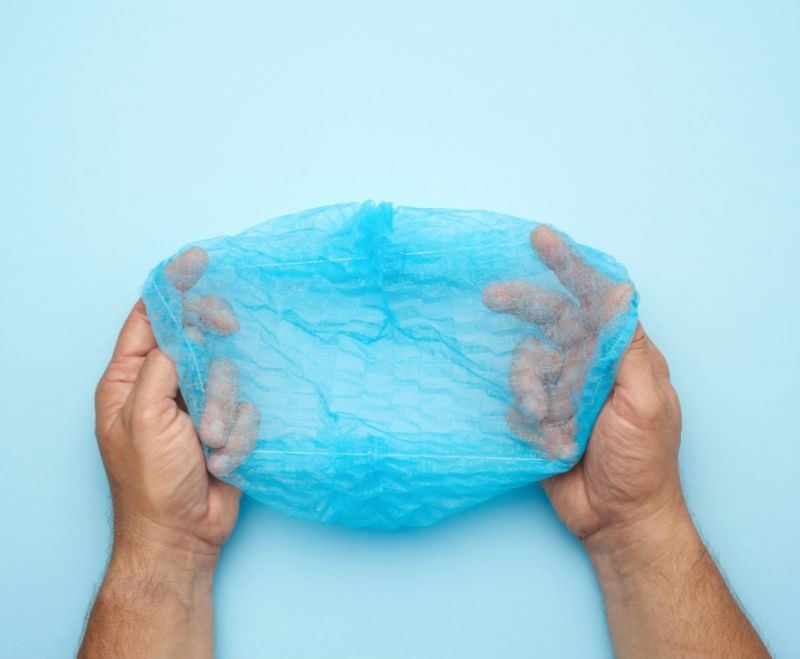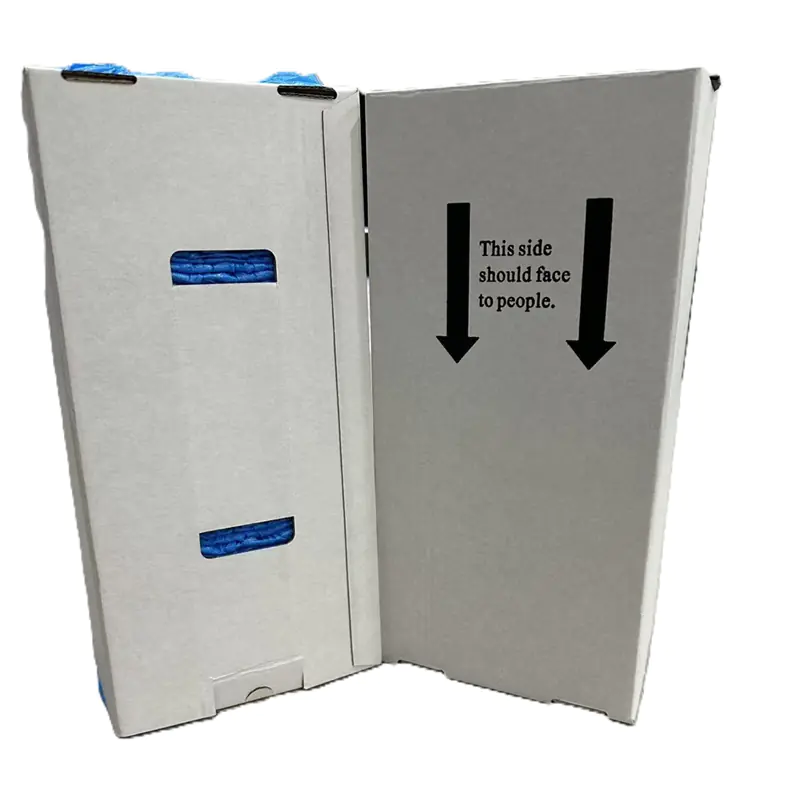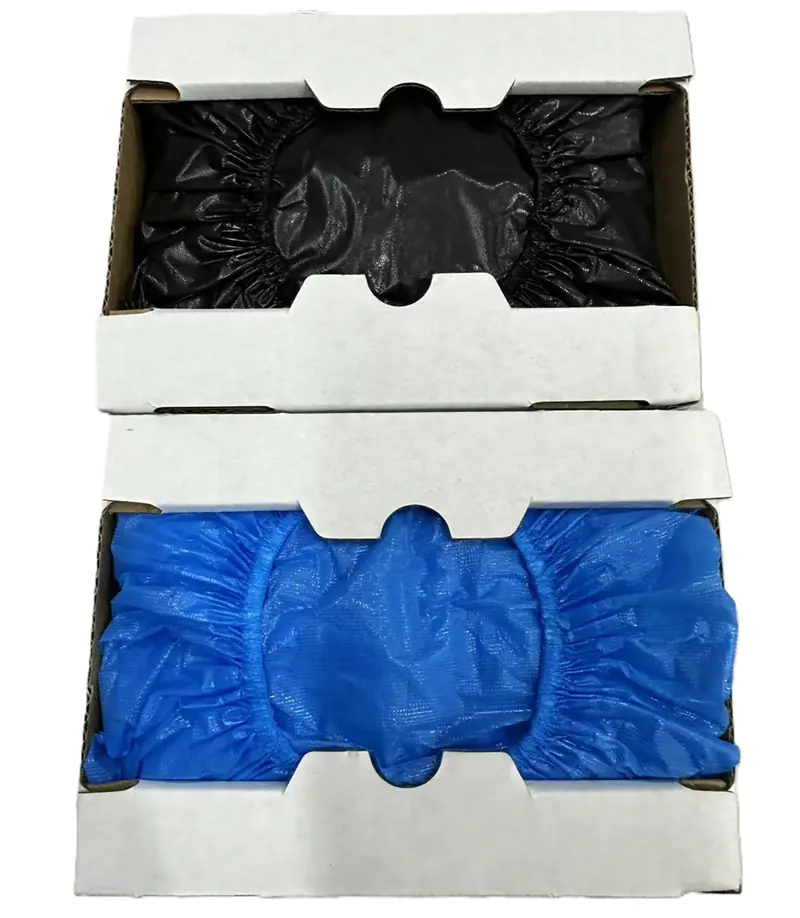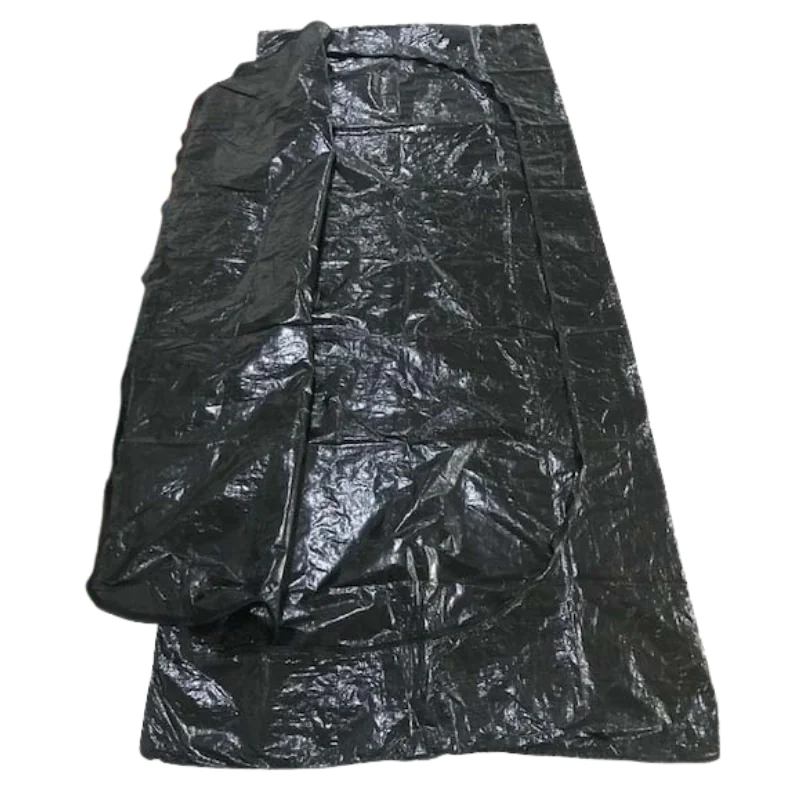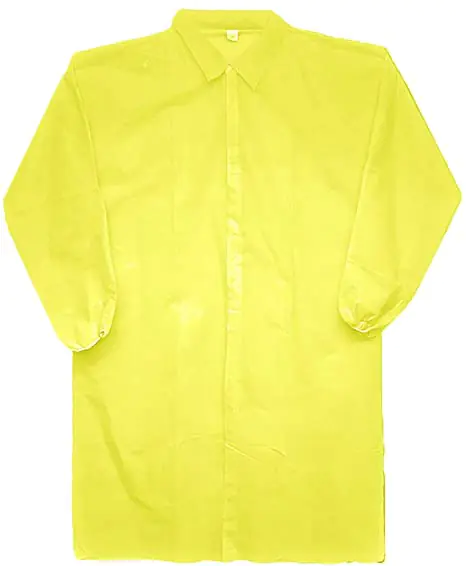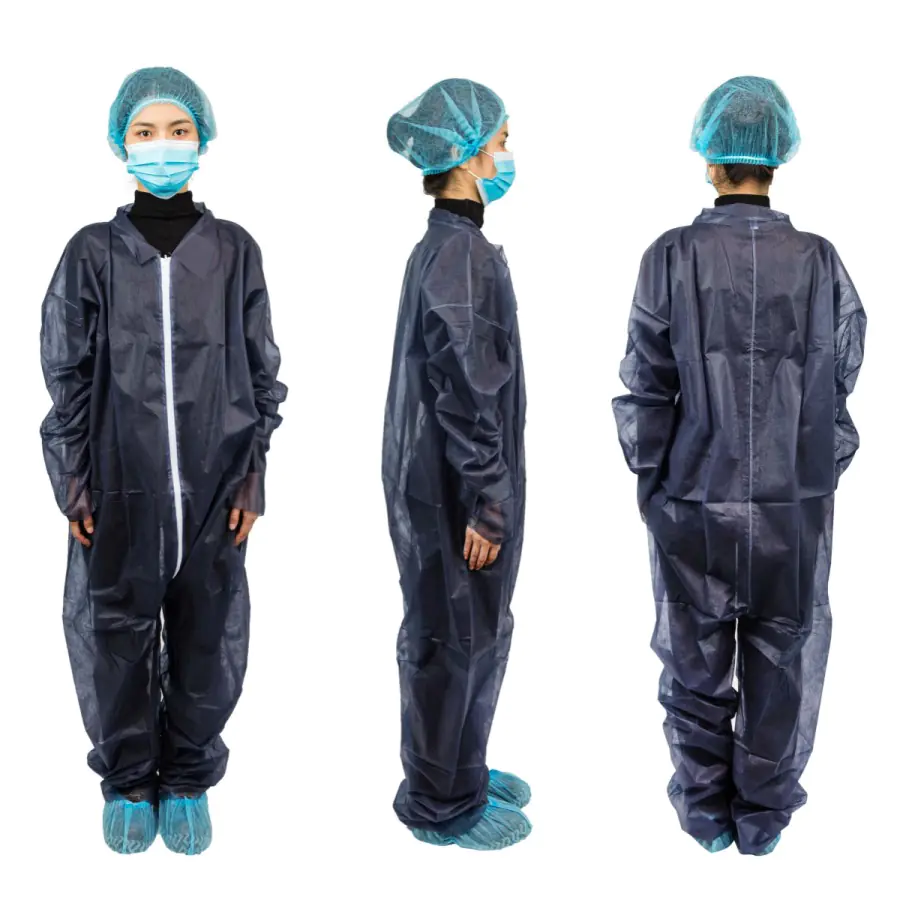Keeping worksites clean and safe is a daily goal. One small tool can make a big impact. That tool is the polypropylene bouffant cap. This guide explains the advantage of polypropylene bouffant caps in manufacturing. It shows why they are cost-effective and how they support workplace safety.
What is a polypropylene bouffant cap?
A polypropylene bouffant cap is a light, round, single-use head cover. It is made from non woven polypropylene. It has a soft elastic band that holds hair in place. It comes in many sizes and colors. It is jetable and easy to store and use.

Why choose polypropylene in manufacturing?
Polypropylene offers clear gains on the line. Here are the main advantages:
- Strong hair control: It holds long and short hair. It reduces loose strands.
- Low lint: It helps control dust and fibers near products.
- Breathable and lightweight: It feels cool during long shifts.
- Tear resistant: It stands up to normal movement and head turns.
- Rentabilité: It is affordable and easy to buy in bulk.
These traits make it a smart pick for many manufacturing tasks.
How bouffant caps improve workplace safety
Bouffant caps are part of daily workplace safety and hygiene. They block hair from falling near goods, tools, or open mixes. They help prevent contamination and rework. They also support worker comfort, which boosts focus on the job.
Key safety gains:
- Cleaner production areas
- Lower risk of product defects
- Less time lost to cleanup
- Better team compliance with simple PPE rules
Where they fit in manufacturing
Polypropylene bouffant caps work across many sites:
- Food processing and packaging
- Electronics assembly and testing
- Pharmaceuticals and cosmetics
- Clean rooms and labs
- Automotive paint and prep lines
- General production and quality control
If you need more headwear options, explore:
- Hair control for food lines: see these rich options for disposable hair nets for food service and cooking.
- Full beard coverage: add disposable beard nets and beard snoods.
- Metal-detectable lines: consider a detectable clip cap with metal strip.
- Standard headwear: view the bonnet bouffant jetable non tissé.

Cost-effective by design
Bouffant caps cut costs in simple ways:
- No laundry: single use means no wash or dry cycles.
- Fast donning: quick on/off saves changeover time.
- Fewer defects: better hair control reduces scrap and rework.
- Bulk value: easy to stock, ship, and store.
When you add these up, the per-shift cost is low. The gain in quality is high.
How to choose the right cap
Use this checklist for your manufacturing floor:
- Material weight: Light for comfort; heavier for extra strength.
- Elastic quality: Soft, secure, and gentle on skin.
- Size range: Offer small to extra roomy for all hair types.
- Color coding: Use color for role or zone ID.
- Emballage: Clean, sealed packs for easy issue and storage.
- Special needs: Use detectable options where needed.
Tip: Test two to three cap types on one line for a week. Ask for worker feedback. Then standardize the best fit.
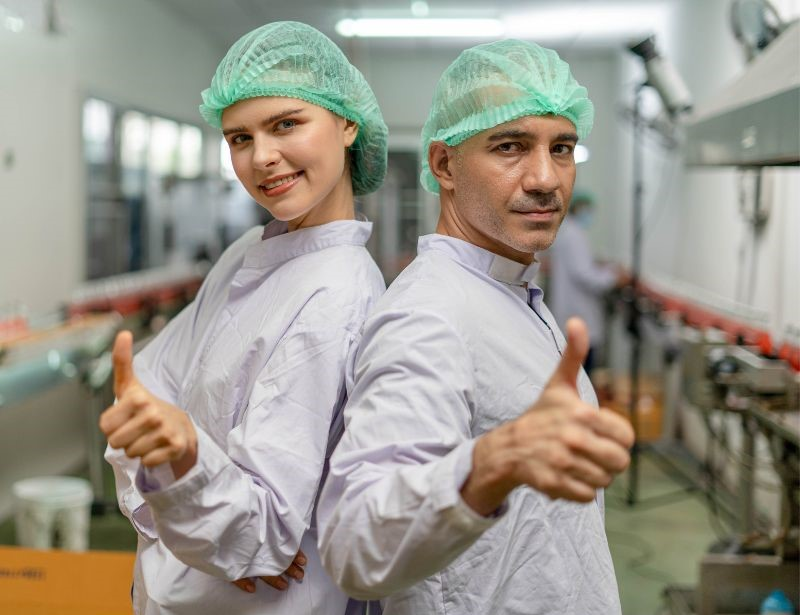
Simple steps for correct wear
Train with a short, clear process:
- Wash hands or use sanitizer.
- Open the cap without touching your hair.
- Stretch the elastic and place over the head.
- Tuck all hair inside, including sideburns and neck hair.
- Check comfort and adjust for a full seal.
- Replace the cap if torn, wet, or dirty.
- Do not reuse. Discard after use.
Post a one-page guide near the line start.
Comfort that supports long shifts
Comfort drives use. Look for:
- Soft edge at the band
- Breathable non woven polypropylene
- Lightweight feel with enough room for hair
- Low lint to keep the area clean
When people feel good, they follow PPE rules. Good fit also reduces touch-ups and distractions.

Boost quality and hygiene
Bouffant caps help you meet hygiene goals every day:
- Keep hair and dandruff out of products
- Cut down on airborne fibers
- Support clean zones at filling or packing points
- Reduce the risk of rework from hair finds
These wins show up in quality checks and customer trust.
Easy to store and issue
Bouffant caps take little space. You can keep them near entry points. Clear count per bag helps quick inventory. Staff can grab and go. This keeps lines moving and reduces delays at shift start.
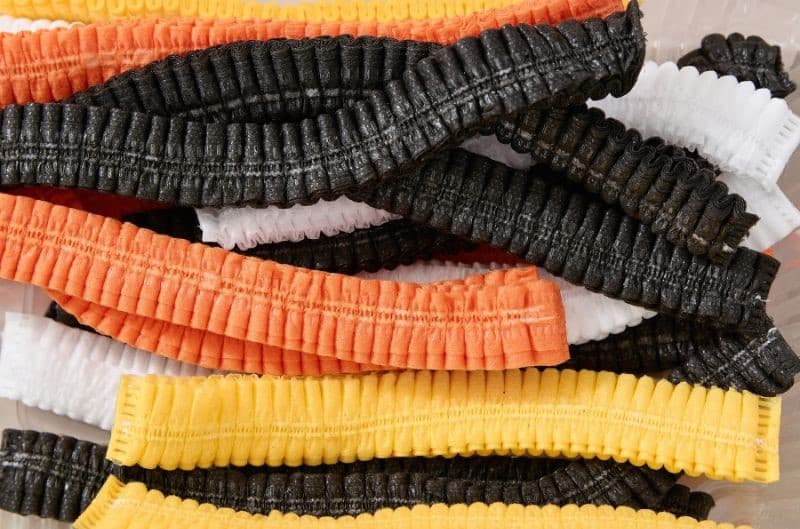
Sustainability notes
Single-use caps remove wash cycles. That can save water and power. Use the right count per shift to avoid waste. Where local programs allow, look for polypropylene recycle options.
Quick buyer’s guide
- Choose polypropylene bouffant caps for a balance of cost and safety.
- Pick sizes and colors that match your manufacturing flow.
- Add beard nets and hair nets when needed.
- Use detectable styles for lines with metal checks.
- Train with simple steps and clear signs.
- Track stock and rotate by lot for best results.
Final takeaway
Le advantage of polypropylene bouffant caps in manufacturing is clear. They are cost-effective, simple, and strong on workplace safety. They help control hair, cut lint, and support comfort. With the right sizes, colors, and packaging, they fit right into your day. Add them to your PPE plan, and protect both your people and your products.

